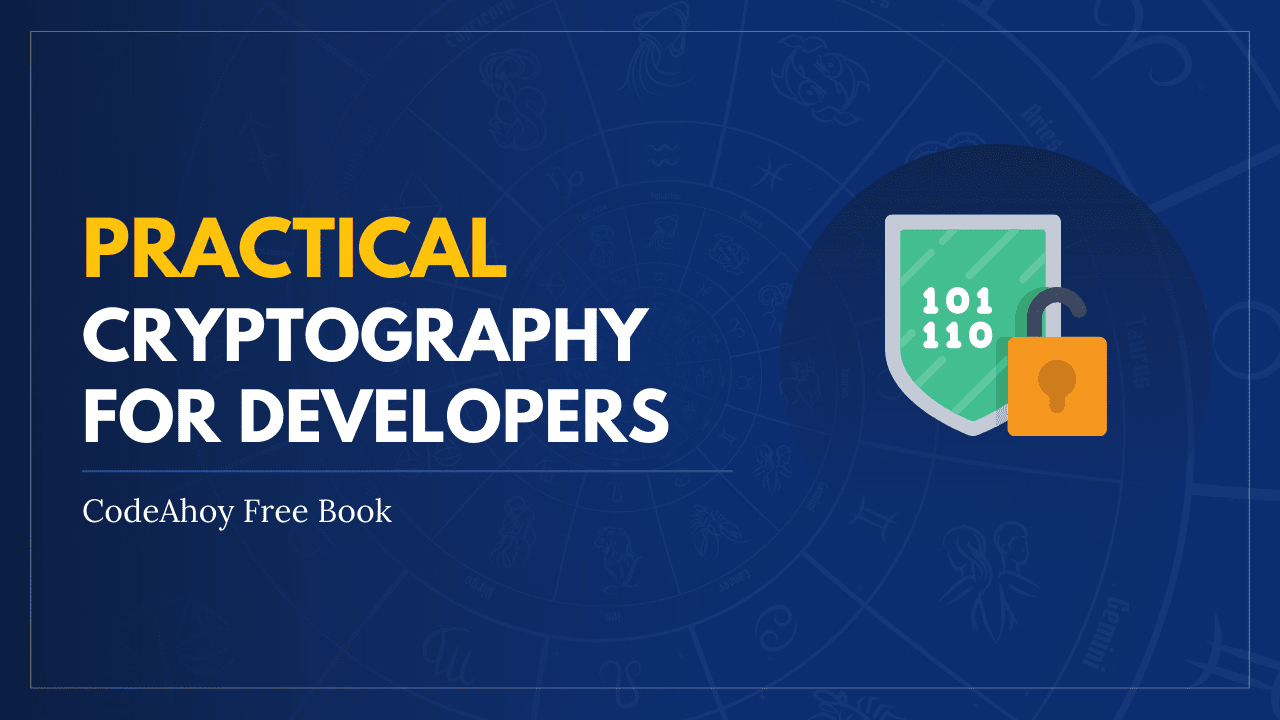Books / Crypto 101 / Chapter 12
OpenPGP and GPG
OpenPGP is an open standard that describes a method for encrypting and signing messages. GPG is the most popular implementation of that standard1, available under a free software license.
Unlike TLS, which focuses on data in motion, OpenPGP focuses on data at rest. A TLS session is active: bytes fly back and forth as the peers set up the secure channel. An OpenPGP interaction is, by comparison, static: the sender computes the entire message up front using information shared ahead of time. In fact, OpenPGP doesn’t insist that anything is sent at all: for example, it can be used to sign software releases.
Like TLS, OpenPGP is a hybrid cryptosystem. Users have key pairs consisting of a public key and a private key. Public key algorithms are used both for signing and encryption. Symmetric key algorithms are used to encrypt the message body; the symmetric key itself is protected using public-key encryption. This also makes it easy to encrypt a message for multiple recipients: only the secret key has to be encrypted multiple times.
The web of trust
Earlier, we saw that TLS typically uses trusted root certificates to establish that a particular peer is who they claim to be. OpenPGP does not operate using such trusted roots. Instead, it relies on a system called the Web of Trust: a friend-of-a-friend honor system that relies on physical meetings where people verify identities.
The simplest case is a directly trusted key. If we meet up in person, we can verify each other’ identities. Perhaps we know each other, or perhaps we’d check some form of identification. Then, we sign each other’ keys.
Because I know the key is yours, I know that you can read the messages encrypted by it, and the other way around. Provided you don’t share your key, I know that only you can read those messages. No-one can replace my copy of your key, because they wouldn’t be able to forge my signature on it.
There’ a direct trust link between the two of us, and we can communicate securely.
A slightly more complicated case is when a friend of yours would like to send me a message. We’ve never met: he’ never signed my key, nor have I signed theirs. However, I have signed your key, and vice versa. You’ve signed your friend’ key, and vice versa. Your friend can choose to leverage your assertion that I’m indeed the person in possession of that key you signed, and use that to communicate with me securely.
You might wonder how your friend would ever see signatures that you placed on my key. This is because keys and signatures are typically uploaded to a network of key servers, making them freely available to the world.
The above system can be extended to multiple layers of friends. It relies in no small part in communities being linked by signatures, which is why many community events include key signing parties, where people sign each other’ keys. For large events, such as international programming conferences, this system is very effective. The main weakness in this system are “islands” of trust: individuals or small groups with no connections to the rest of the web.
Of course, this is only the default way to use OpenPGP. There’ nothing stopping you from shipping a particular public key as a part of a software package, and using that to sign messages or verify messages. This is analogous to how you might want to ship a key with a client certificate, or a custom root CA certificate, with TLS.
-
GPG 2 also implements S/MIME, which is unrelated to the OpenPGP standard. This chapter only discusses OpenPGP. ↩






